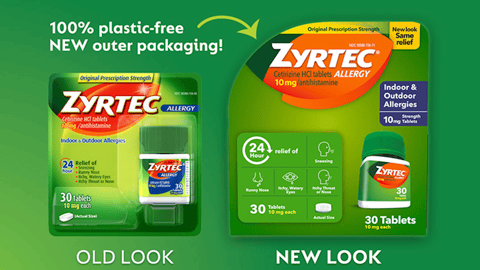What the Xinjiang Cotton Ban Means for CG Brands and Traceability
On January 13, 2021, the U.S. Customs and Border Protection announced it will detain all cotton and tomato products produced in China’s Xinjiang Uyghur Autonomous Region (XUAR) of China. This Withhold Release Order (WRO) is in response to indicators that goods are being made with forced labor by Muslim minorities, which has led to a strong demand for change.
For consumer goods brands, this ban will have a strong and lasting impact on the industry. The new order will act as a catalyst, pushing brand owners to document the chain of custody from component origin to importer of record. Businesses must either remove affected products before they enter the U.S. market or present evidence proving the merchandise was not manufactured using materials originating from the XUAR.
So how should CG brands respond to this important legislation, and what can they do to ensure their business is complying?
Traceability Becomes a Priority
The consumer goods industry has been pushing forward with sustainability and fair labor initiatives in recent years, knowing that consumer sentiment and purchase behavior demand it. In fact, Nielsen found that sales of consumer goods from brands with a demonstrated commitment to sustainability have grown more than 4% globally, while those without grew less than 1%. Now, brands must really focus on their sustainability and traceability initiatives – not just from a consumer demand perspective, but also a legal perspective.
Because of the Xinjiang cotton and tomato import ban, brands are required to confirm the validity of ethical sourcing efforts by verifying that forced labor or other corrupt practices were not used at any point in the supply chain. This includes showing where their products are coming from and proving that these products do not contain inputs, including material and labor, originating in the Xinjiang region. Materials containing cotton and tomato productions at all U.S. ports of entry are subject to withhold-release orders to stop cargo from certain suppliers, which can cause delayed shipments, destroyed goods, hefty penalties and difficult legal challenges.
Brands can avoid these issues by making traceability, or the ability to trace a product’s history, a priority. The first step to incorporating traceability is to document the “chain of custody” from raw material to finished product on store shelves. By providing proof of every step of the supply chain with a digital blueprint, businesses can have better assurance that their item was produced under ethical working conditions.
Blockchain and AI Are Key To Sourcing Materials
For traceability initiatives to be completed efficiently and successfully, brands should leverage blockchain technology. Blockchain and AI can allow brands to produce a unique “digital thread” for every product. Once the digital thread is identified, businesses can add the ethical and environmental impact of every facility, providing metrics that are measurable and impactful.
A private blockchain that identifies buyers and sellers from the original source to importer of record will give everyone the visibility they need to track chain-of-custody throughout the supply chain. Businesses can store and manage supporting documents for every transaction, and then create a compliance certificate that summarizes the exchange of products – giving the CPB all the proof it needs to import the goods. Brands can also use the technology to identify supply chain risk, receiving proactive alerts if there’s any unauthorized or prohibited suppliers that might create a Withhold Release Order.
Additionally, CG brands can take advantage of AI and machine learning capabilities to automate the process and capture real-time data to enable better understanding of their supply chain decisions. By using AI, brands can quickly react to changes in regulations and plan for any future disruptions that occur.
Now Is the Time To Maximize Traceability Initiatives
The Xinjiang cotton ban provides CG companies an opportunity to reevaluate their traceability initiatives and invest in blockchain and AI capabilities that can track every product’s chain-of-custody.
Now, more than ever, brands must validate their ethical sourcing efforts and prove to both the U.S. government and consumers that they are supporting fair labor practices. With the right technology, CG companies can confidently trace and certify the origin of products, complying to regulations and creating transparency for all.
Mark Burstein is EVP, industry principal at Logility.







